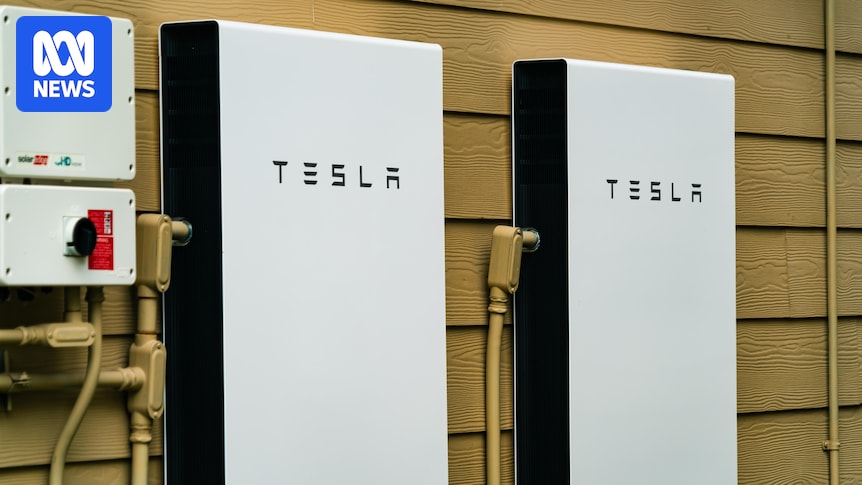
After losing its dominance in the Australian electric vehicle market, Tesla is now rapidly losing ground in the home battery sector as well. The company, led by Elon Musk, has slipped from being the country’s top-seller in January to sixth place by the end of July. According to energy consultancy SunWiz, Tesla’s share of the home battery market has plummeted from 20 percent to just 5 percent.
This dramatic shift comes as home battery sales in Australia are experiencing a boom, fueled by federal rebates. The nation is on track to install as many batteries in just 10 weeks as it did throughout the entire previous year. Tesla’s decline in market share could potentially translate into hundreds of millions of dollars in lost sales.
Brand Reputation and Market Dynamics
Tesla’s brand reputation, both in Australia and globally, has taken a hit in recent years. The closely watched Axios Harris poll in May revealed that Tesla’s reputation in the United States ranked among the worst of any large company, largely due to Elon Musk’s polarizing political views. Musk’s financial support for Donald Trump’s 2024 re-election campaign has not helped his company’s image.
In Australia, Tesla has found itself among the top-10 least trusted brands this year, according to a report by market research company Roy Morgan. The report highlighted that distrust in Tesla has surged as Musk has aligned himself closely with Trump. This growing distrust is now impacting Tesla’s home battery sales.
“The negative associations with Elon Musk are rubbing off on Tesla home batteries,” said Rajat Roy, a marketing expert at Bond Business School.
Meanwhile, Brian Craigshead, CEO of Australian battery maker Energy Renaissance, noted, “His brand destruction is happening just as the market has opened up.”
Product Limitations and Market Competition
Warwick Johnston from SunWiz pointed out that the main reason for Tesla’s declining market share is its product. The latest Tesla Powerwall model, the Powerwall 3, is priced higher than many competing brands and offers limited size options—13.5 kilowatt-hours or 27kWh when stacked. This lack of flexibility does not align with the current market demand.
“Australia is currently averaging 17kWh per battery system, which doesn’t play to Tesla’s advantage,” Johnston said. “If you want something between 13.5kWh and 27kWh, Tesla doesn’t have an offering for you.”
Despite these challenges, Tesla recorded a five-fold increase in battery storage revenue in 2024, reaching $2.55 billion, thanks to large grid-scale battery contracts, including a share of the $1.6 billion Collie battery in Western Australia.
Impact of Federal Rebates
The introduction of new federal rebates on July 1 has led to an unprecedented surge in home battery installations. The $2.3 billion program offers a discount of around 30 percent on batteries for households, businesses, and community facilities.
In the first month of the scheme, more than 19,000 batteries were installed, with the pace quickly accelerating to about 6,700 per week, according to SunWiz data.
At this rate, Australia is projected to install approximately 220,000 batteries over 12 months, compared to about 72,500 in the previous year. Johnston noted, “In 10 weeks, we’ll have installed as many batteries as last year.”
The boom in sales has attracted many less established, “low-cost options” to the market. Chinese companies like Sigenergy, Sungrow, and Alpha ESS have emerged as new market leaders.
Looking Ahead
The future of Tesla in the home battery market remains uncertain, particularly as brand trust continues to wane. Nitika Garg, a professor of consumer behavior at UNSW, highlighted the importance of brand reliability, especially for high-cost items like home batteries.
“If something is costing you $10,000, you want a warranty and some trust in the brand being there to service your needs,” she said.
As the market for home batteries continues to expand, Tesla will need to address both its product offerings and brand perception to regain its competitive edge. The coming months will be crucial in determining whether Tesla can adapt to the rapidly changing landscape or continue to lose ground to emerging competitors.






